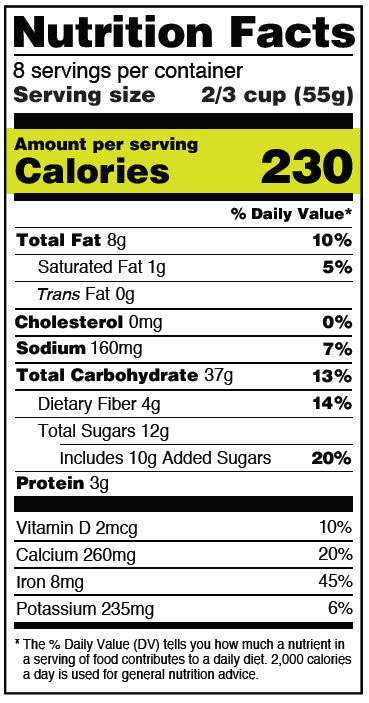Introduction to Experimental Chemistry
Welcome to the world of chemistry!
In the lecture courses[1], we explain the conceptual framework by which chemists currently describe and explain matter and its interactions. However, ultimately, we are trying to explain what is going on in nature.
In doing so, a quote from Stephen Hawkings’ A Brief History of Time comes to mind.
No matter how many times the results of experiments agree with some theory, you can never be sure that the next time the result will not contradict the theory. On the other hand, you can disprove a theory by finding even a single observation that disagrees with the predictions of the theory.
Like all other natural sciences, chemistry is fundamentally an experimental subject. While theorists and computational chemists help shape the field, whatever theories and models are developed must be able to explain experimental results. The interplay of theory (used to explain experimental results) and experiment (used to characterize matter and test theories) is critical in the pursuit of science.
Beyond the cutting edge, we rely on experimental results on a day-by-day basis. For example:

- If you look at a packet of food, you will find nutritional facts such as the amount of energy needed. These are typically determined using calorimetry.
- In biochemistry, we often need to determine the concentration of a protein to ensure that our experiment is working. This is typically done with absorption spectroscopy.
You will learn about both of these techniques in this course sequence.
The goals of this course are to:
- Provide a solid foundation of experimental skills and techniques that you will be able to use in future chemistry and biology coursework. These, in turn, are critical skills both for future graduate coursework and laboratory based employment. Many IU East graduates from our Biology, Biochemistry, and Human Life Science programs take up technical positions in our local industries and in healthcare, where they will use the skills you learn on a daily basis.
These include:- Laboratory safety.
- Keeping and using a laboratory notebook. Proper documentation is critical in all laboratory settings, as well as in healthcare (charting).
- Mastery of techniques used to prepare and conduct experiments, as well as to use chemical instrumentation.
- Design appropriate procedures to perform experiments.
- Illustrate and further explore concepts that are presented in the general chemistry lecture sequence.[2].
We will reference Tro: Chemistry – Structures and Properties, 2nd Ed in our course this year as this is the textbook we will use in the lecture course in 2021-2022; however, any general chemistry textbook will suffice to accompany this course.
The most important part about the chemistry lab is to stay safe and learn about the chemistry. Remember, while you do the experiments, your instructor is the guide. Be sure to ask questions whenever necessary for safety or success! Good luck!

